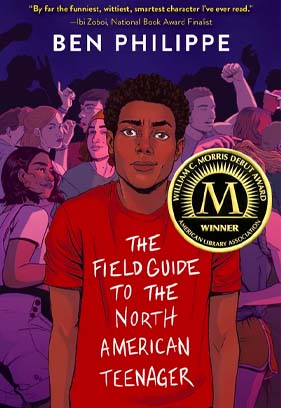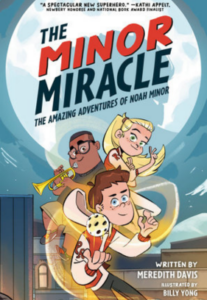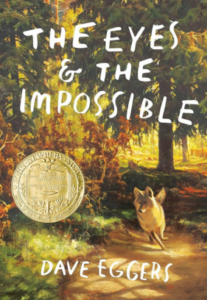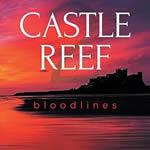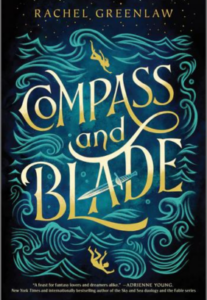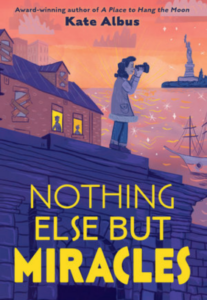Norris Kaplan is a really great guy. He’s bright, witty, gets good grades. And Norris can be a fabulous and loyal friend when you get to know him. But getting to the point of actually knowing him is the problem, because Norris also has an abundance of cynical snark that comes gushing out of his mouth like a ruptured dam at the slightest provocation. People can find it funny, but it’s usually pretty caustic. And depending on who his acerbic barbs are aimed at, it doesn’t win him many friends.
Norris’ mom, Judith, reminds her son repeatedly of that fact and encourages him to figure out how to rein in some of his sarcastic wit. He especially needs to do so now that the two of them—after her friendly but definitive divorce—are moving from Montreal down to Austin, Texas. She’s got a new university teaching gig and wants her son to fit in and make things work.
Norris, however, isn’t really taking to heart much of anything his mother is saying right now. He’s barely making it through Austin’s blistering, Hades-level heat. (Sweat soaking a T-shirt every couple of hours is an actual thing here.) And when you heap on the fact that he’s a French-Canadian Black guy plopped down in a gigantic warehouse of a high school packed, seemingly, to the brim with white, bouncing, ponytailed cheerleaders and Cro-Magnon-level, grunting football players, well, Norris isn’t exactly feeling happy about life at the moment.
That tends to make him share his, uh, discomfort from time to time. The fact is that making a ton of friends has never really been a priority for him anyway. The best he hopes for is being able to at least amuse himself (and occasionally don a dry T-shirt) until it’s time to go back to Canada, where he belongs.
After first checking into the huge and sprawling Anderson High, his guidance counselor hands him a small notebook and suggests he keep track of his transition in the form of a diary of sorts—something that can help him see how quickly he’s adjusting. Instead, Norris uses it as more of a burn book–a field guide you might call it–that will help him curb just a bit of his onrushing verbal cynicism while he struggles to stay sane.
Oddly, though, Norris eventually starts crossing paths with people he doesn’t automatically want to verbally spar with. There’s Liam, a large, depressed-looking dude who, shockingly, wants Norris to teach him how to skate. And Aarti, a gorgeous Indian-American teen who’s equally appealing as she is mysteriously independent (and kinda stand-offish). He also meets Maddie, a self-sacrificing, blonde cheerleader who’s actually open to giving Norris a bit of Aarti-romance advice.
Bit by bit, Norris starts to wonder: Could he possibly make friends here?



